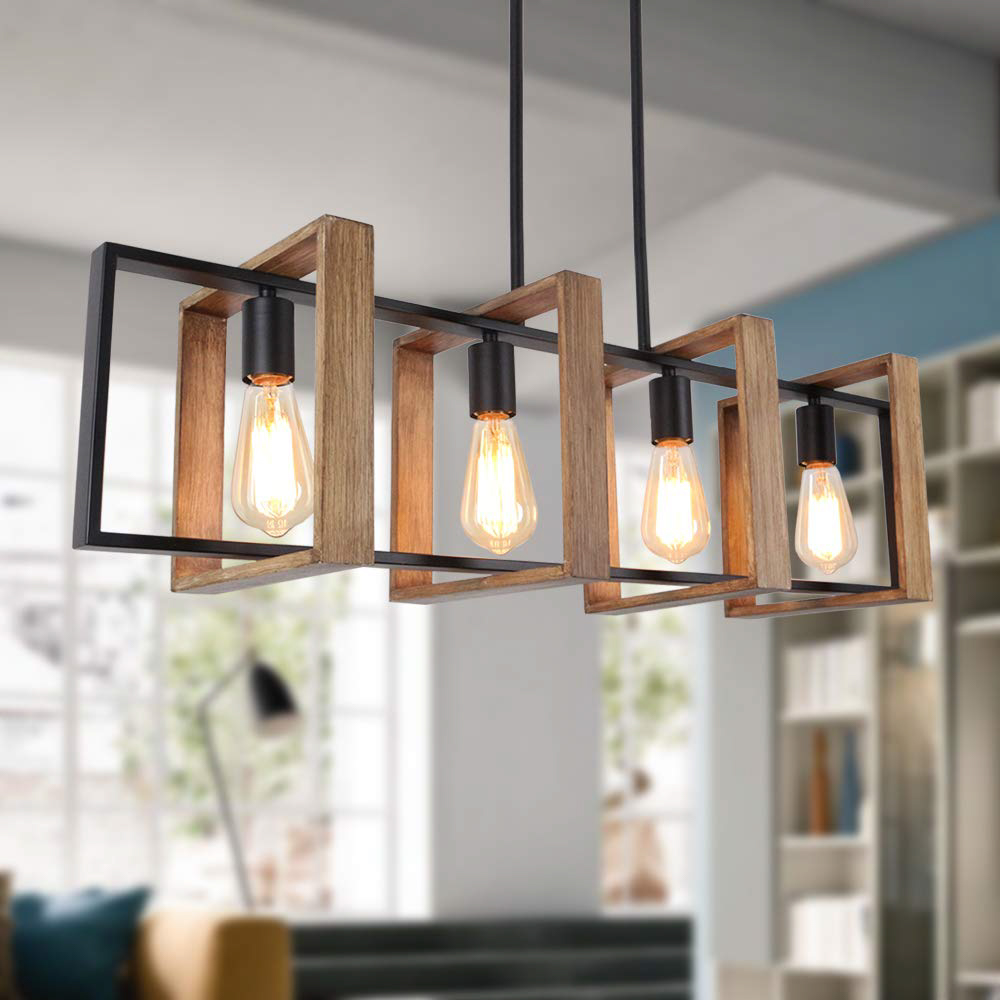The History and Background of John Lewis and Kartell
John Lewis is a well-known and respected British department store that originated in London back in 1864. Since its founding, John Lewis has been committed to providing quality products and excellent customer service. Over the years, the store has expanded to numerous locations across the United Kingdom and has become a staple in fashion, home decor, and beauty. Renowned for its range of designer collaborations, John Lewis has worked with many of the biggest names in the industry, including Barbour, Ted Baker, and Roland Mouret.
Kartell, on the other hand, is an Italian design company that has been producing iconic pieces for over 70 years. Founded in 1949 by Giulio Castelli, Kartell is known for its use of innovative materials, such as plastic and polycarbonate, to create functional and modern designs. Today, the company is recognized as a leader in design and has collaborated with many of the world’s top designers, including Philippe Starck, Antonio Citterio, and Kartell’s own creative director, Ferruccio Laviani.
The Beginning of the John Lewis and Kartell Partnership
The partnership between John Lewis and Kartell began back in 2012, when the department store introduced Kartell products to its customers. The collaboration was an instant success, and John Lewis soon became one of the biggest stockists of Kartell products in the United Kingdom. Since then, John Lewis and Kartell have continued to work closely together, introducing new products and designs to their dedicated customers.
The Innovation of Kartell Products
One of the reasons that the partnership between John Lewis and Kartell has been so successful is the innovative and functional design of Kartell products. Kartell is renowned for its use of unique materials and manufacturing processes to create pieces that are not only beautiful but also practical. For example, the iconic Kartell Ghost Chair is made from a single piece of injection-molded polycarbonate, making it lightweight, durable, and weather-resistant.
The Collaboration of Designers
Another reason for the success of the John Lewis and Kartell partnership is the collaboration of designers. The partnership has brought together some of the biggest names in the industry, including Patricia Urquiola, Phillipe Starck, and Ron Arad, to create unique pieces that reflect the vision and style of each designer. These collaborations have resulted in some of the most iconic and sought-after Kartell pieces, such as the Componibili storage unit and the Bourgie table lamp.
The Future of John Lewis and Kartell
As the John Lewis and Kartell partnership continues to grow and evolve, customers can expect to see more innovative products and collaborations in the future. Both companies have a commitment to quality and design, and they share a passion for providing customers with the best possible products and service. With this shared vision, the John Lewis and Kartell partnership is sure to continue creating iconic pieces for many years to come.
The Importance of Collaborations in the Design Industry
The partnership between John Lewis and Kartell highlights the importance of collaborations in the design industry. When two companies come together, they bring unique perspectives, ideas, and technologies, resulting in exciting new products and designs. Collaborations between designers, manufacturers, and retailers are essential for driving creativity and pushing boundaries in the industry. By working together, John Lewis and Kartell have created some of the most iconic and innovative pieces of modern design, showcasing the power of collaboration in the world of design.
The John Lewis and Kartell partnership is a testament to what can be achieved when creativity, design, and innovation come together. The partnership has produced some of the most iconic and sought-after pieces of modern design, reflecting the creativity and vision of both companies. As the partnership continues to evolve and grow, customers can expect to see even more exciting products and collaborations in the years to come.
















